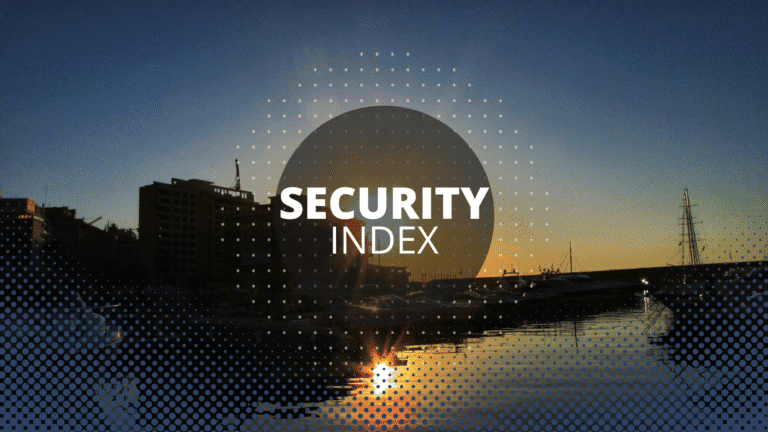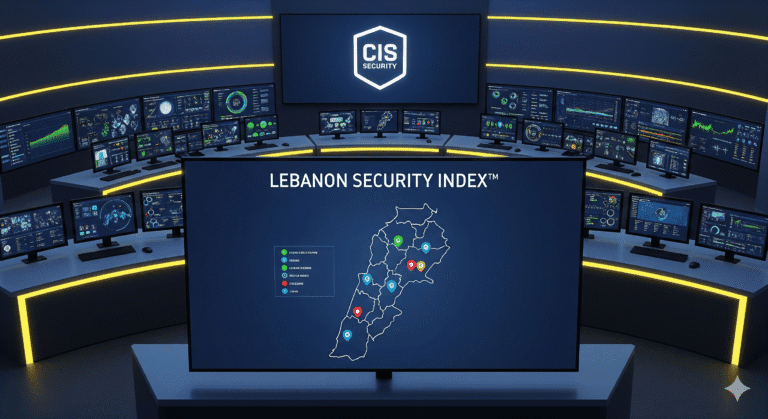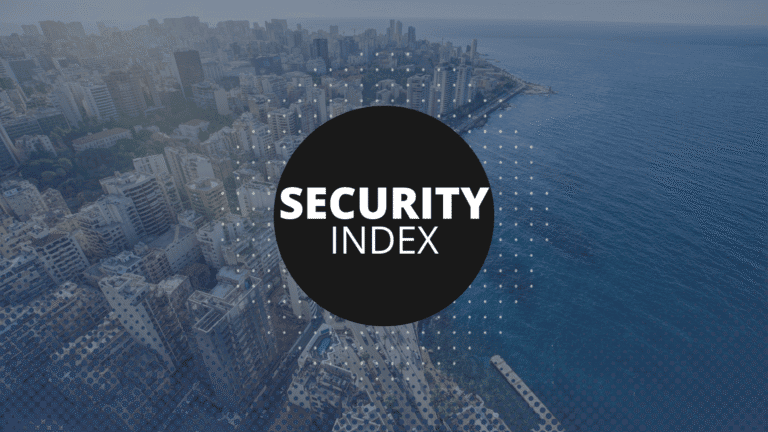Pacific Tsunami Alert: 8.8 Quake Devastates Russian Coast, Waves Reach Japan, Hawaii
Pacific Tsunami Alert
As of Wednesday, July 30, 2025, at 10:00:21 AM EEST (Lebanon time), the world remains on edge following the catastrophic 8.8 magnitude earthquake off Russia’s Kamchatka Peninsula. This massive tremor, the strongest in the region since 1952, has generated a powerful tsunami that has traveled across the Pacific Ocean, directly impacting coastlines from Russia’s Far East to Japan and Hawaii, and prompting widespread alerts and evacuations across the Pacific Rim.

Russia’s Far East: Immediate Impact and Ongoing Threat
The Kamchatka Peninsula and the nearby Kuril Islands, the epicenter of the 8.8 magnitude earthquake, bore the immediate and most severe consequences. The shallow depth of the quake, approximately 19.3 kilometers (12 miles), amplified its destructive potential.
Kamchatka Governor Vladimir Solodov described the event as “the strongest in decades,” indicating the unprecedented nature of this disaster. In Petropavlovsk-Kamchatsky, the regional capital, residents experienced violent shaking, toppling furniture, and visible swaying of buildings. Oleg Melnikov, Kamchatka’s health minister, confirmed that “unfortunately, there are patients who were injured during the earthquake,” though no serious injuries or fatalities have been reported as of now. Infrastructure sustained damage, including a kindergarten and a partial ceiling collapse at Elizovo Airport, where one woman was injured. Power outages and mobile phone service disruptions are widespread, complicating communication and emergency response efforts.
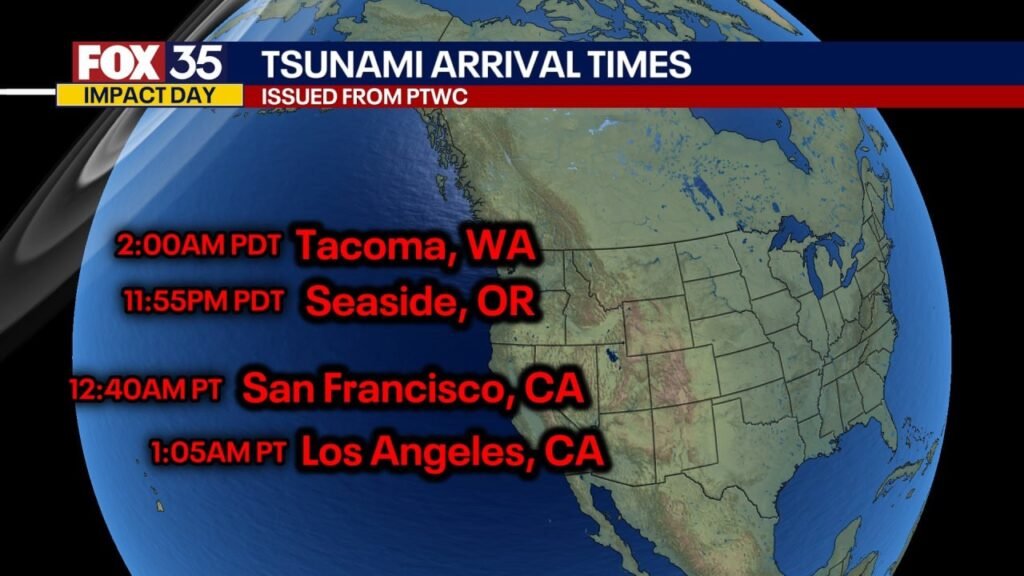
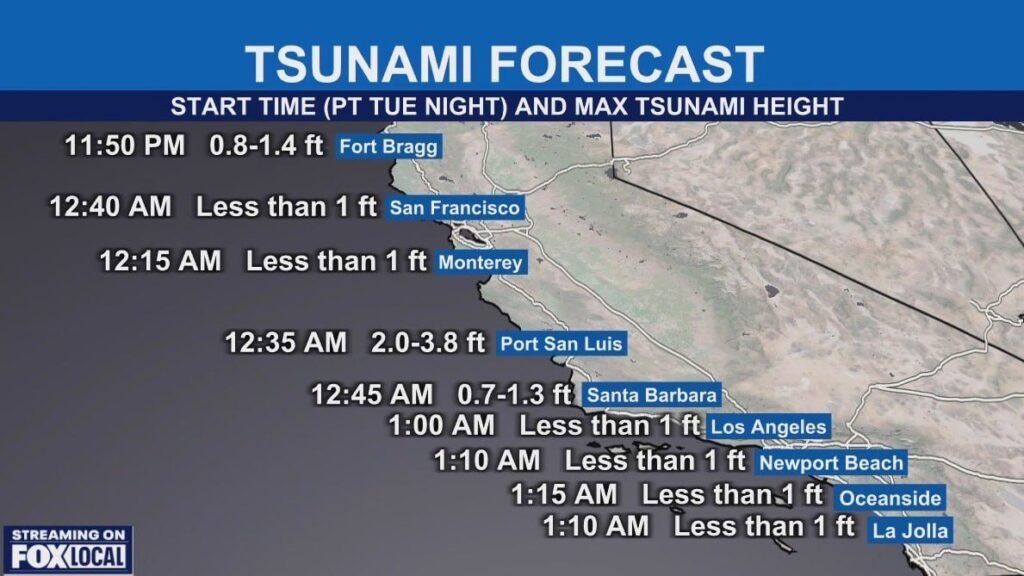
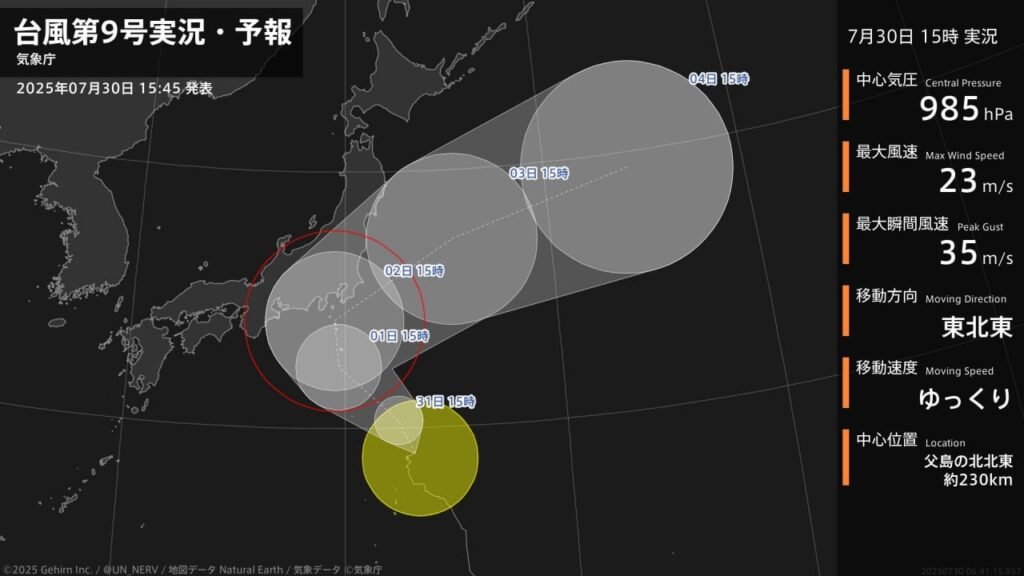
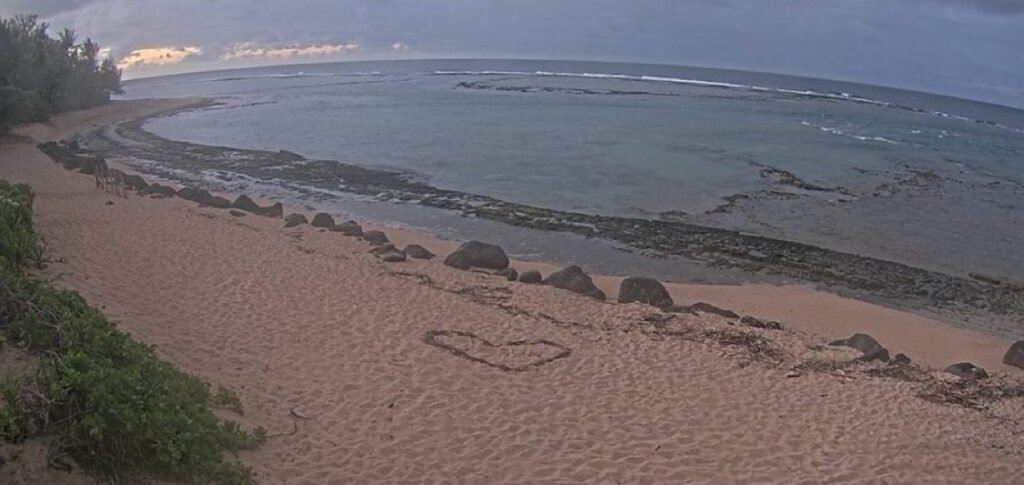

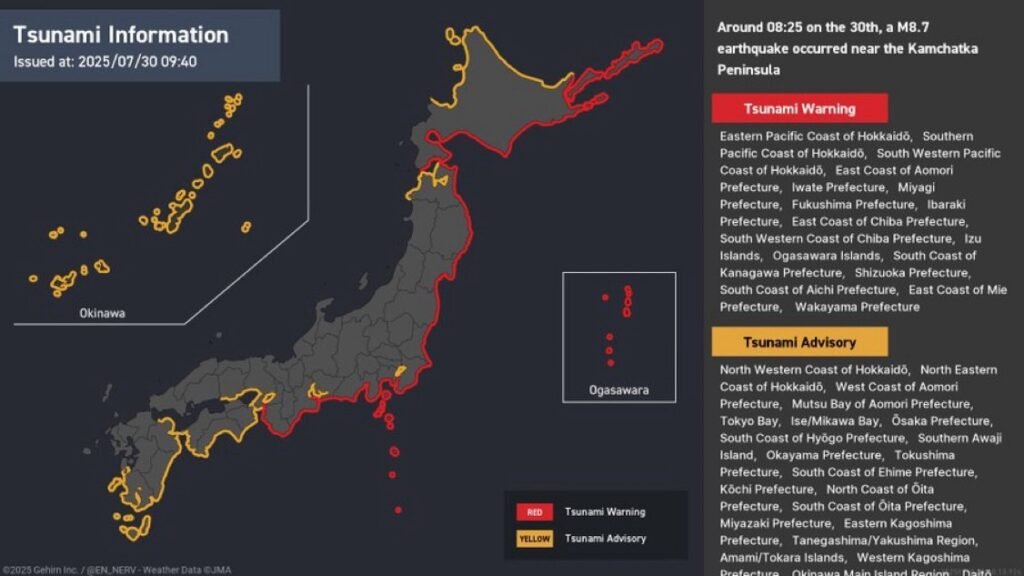
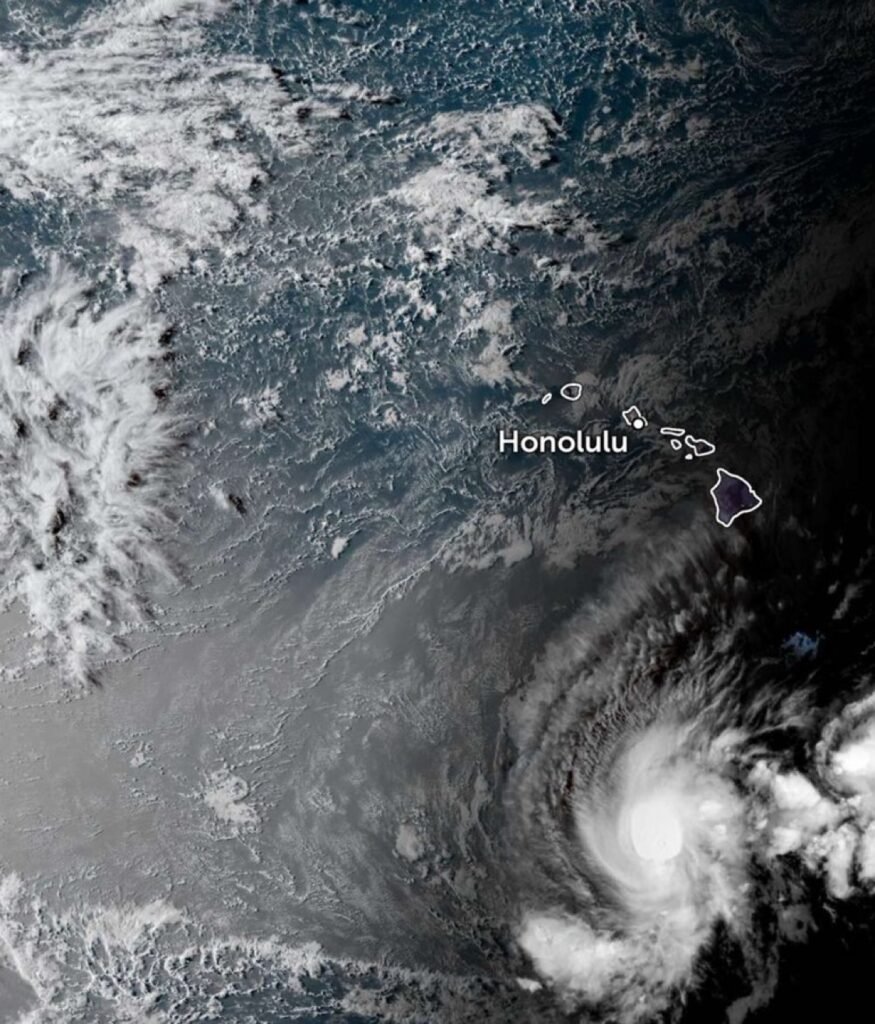
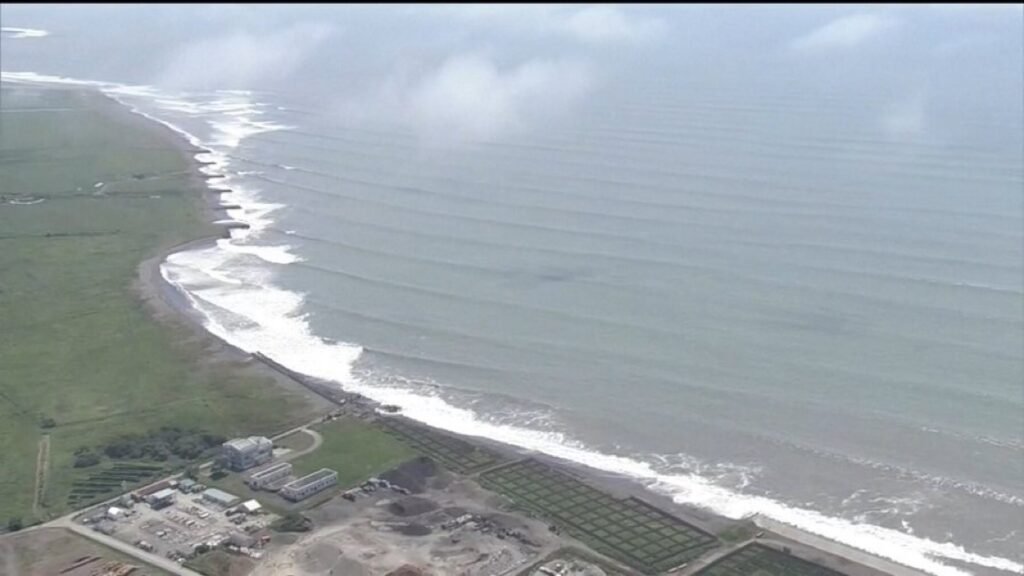
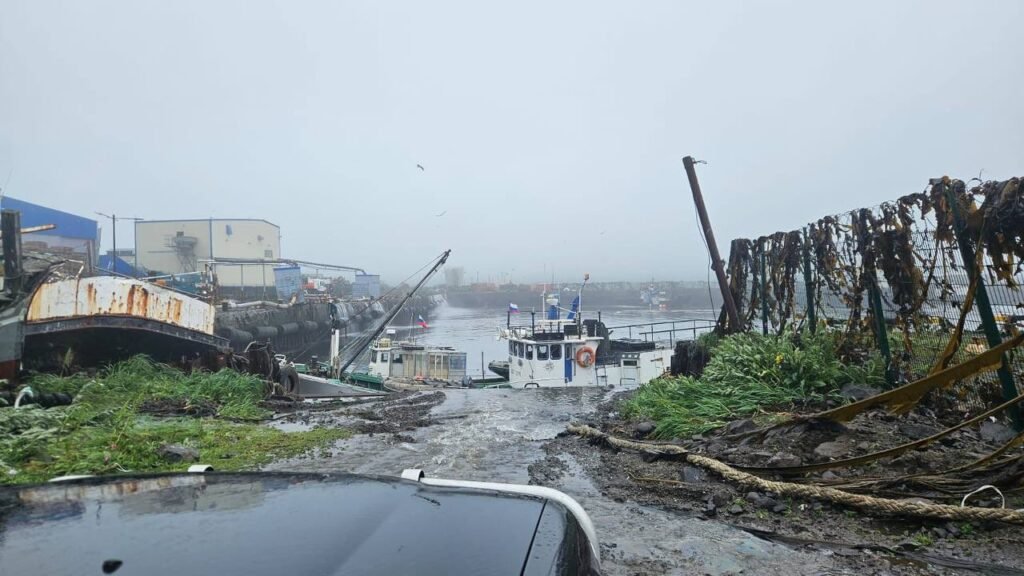
The town of Severo-Kurilsk in the northern Kuril Islands was particularly hard hit by tsunami waves, some reaching 3-4 meters (10-13 feet). These powerful surges flooded parts of the port, sweeping away structures, including a fish processing plant. All 2,000 residents were urgently evacuated to higher ground. Russian state media TASS reported that while initial waves were less impactful, a powerful third wave dislodged ships from their moorings, carrying them out to sea. The regional government has declared a state of emergency in the Severo-Kurilsky district of Russia’s Sakhalin region.
The Kamchatka seismological observatory has issued a grave warning of “extremely powerful aftershocks, potentially reaching 7.5 magnitudes.” Several strong aftershocks, including one of magnitude 6.9 and another of magnitude 6.3, have already been recorded, maintaining a state of high alert for the region. The iconic Tri Brata rock formations in Avachinsky Bay also reportedly collapsed due to the quake’s force.
Tsunami Across the Pacific: Waves Make Landfall
The colossal energy released by the earthquake generated a tsunami that has traversed the vast Pacific, putting nations thousands of miles away on alert and causing direct impacts.
Japan: Japan swiftly escalated its response, with the Japan Meteorological Agency (JMA) issuing a full tsunami warning for much of its Pacific coast, from Hokkaido in the north down to Wakayama near Osaka, anticipating waves of up to 3 meters (nearly 10 feet).
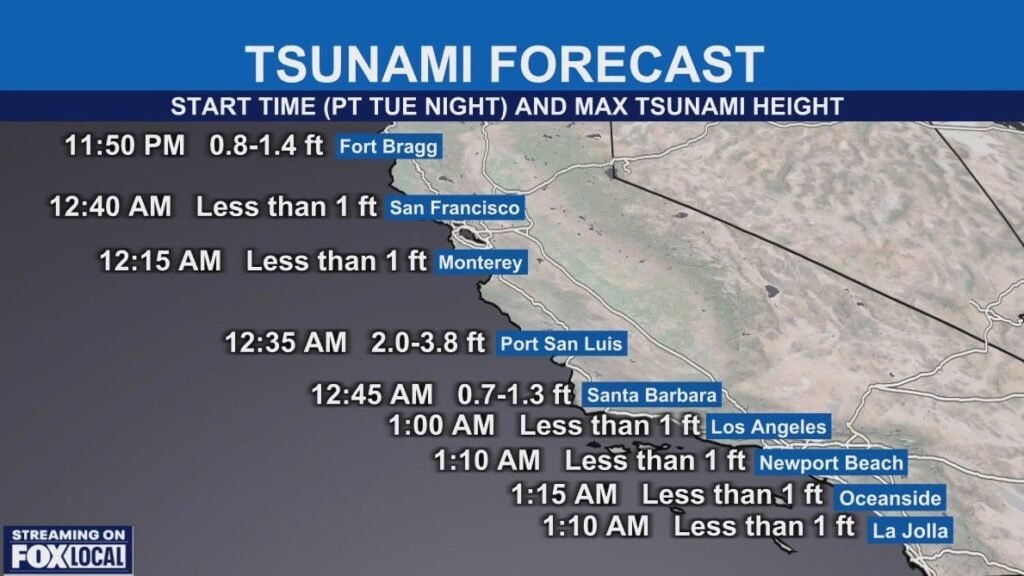
- Hokkaido’s eastern coast, specifically Nemuro and Tokachi, reported the first waves, initially measured at 30 to 60 centimeters (around 1 to 2 feet). A wave of 50 centimeters (1.6 feet) was also recorded at Ishinomaki Port in Miyagi Prefecture. The JMA has firmly cautioned that “tsunamis will strike repeatedly” and subsequent waves could be significantly larger, urging citizens to “not enter the sea or approach the coast until the warning is lifted.”
- In a critical precautionary move, all workers at the Fukushima Daiichi nuclear power plant were immediately evacuated. TEPCO, the plant operator, has confirmed no abnormalities have been observed at the site so far.
- Ferry services connecting Hokkaido and Aomori, and Tokyo with nearby islands, have been suspended, along with delays and cancellations in local train operations. Japan’s Fire and Disaster Management Agency issued evacuation advisories for over 900,000 residents in 133 municipalities along Japan’s Pacific coast, with large-scale evacuations ordered in Hokkaido, Kanagawa, and Wakayama prefectures.
Hawaii (USA): Thousands of miles across the Pacific, Hawaii has experienced the arrival of the tsunami waves. The US National Weather Service’s Pacific Tsunami Warning Center maintained a Tsunami Warning for all Hawaiian islands, emphasizing “urgent action… to protect lives and property.” - Initial wave arrivals were reported around 7:17 PM local time on Tuesday (1:17 AM Wednesday EEST). While early reports from CBS Honolulu affiliate KGMB-TV indicated the first waves were “relatively small,” they coincided with high tide. Data from Midway Atoll, located between Japan and Hawaii, measured waves from peak to trough at 6 feet (1.8 meters). The Kahului Maui gauge recorded a tsunami height of four feet relative to normal sea levels.
- Tsunami warning sirens blared across Honolulu, prompting residents to seek higher ground. Maui County Emergency Management Agency (MEMA) activated emergency protocols, issuing evacuation orders for coastal zones. Shelters were opened across islands. Honolulu experienced significant traffic congestion as people heeded evacuation warnings. Hawaii Governor Josh Green signed an emergency proclamation, stressing that even “small” tsunami waves carry “great force” and can be deadly. He indicated that authorities would wait up to four hours before declaring the situation safe, stating, “We are not yet in the clear.” Flights from and to Maui were canceled for the night, and Black Hawk helicopters and high-water rescue vehicles are on standby.
North American West Coast (USA/Canada): The tsunami’s reach extended to the North American Pacific coastline. - A Tsunami Warning remains in effect for parts of Alaska’s Aleutian Islands. A Tsunami Advisory is in place for the Pacific Coast of the United States (California, Oregon, Washington) and Canada’s British Columbia. Authorities warn of dangerous currents and strong waves, urging people to stay away from beaches, harbors, and marinas. A tidal surge of 1.4 feet (under 30 centimeters) was recorded near Alaska’s Amchitka Island. In Northern California, a portion of the coast from Cape Mendocino to the Oregon border was upgraded to a Tsunami Warning by the NWS.
Latin America: Nations along Latin America’s Pacific seaboard have also taken precautionary measures. - Mexico has ordered coastal evacuations along its Pacific seaboard.
- Ecuador has mandated a “precautionary evacuation” of the Galapagos archipelago and suspended maritime activities, with warnings indicating potential waves exceeding 9 meters in some areas.
- Peru’s navy issued its own tsunami alert.
Other Pacific Regions: China’s tsunami warning center anticipated waves between 30 centimeters and one meter along parts of its eastern seaboard, warning of potential damage to certain coastal areas. Alerts or advisories were also issued for other Pacific islands, including the Philippines and New Zealand, where residents were advised to avoid beaches due to strong currents.
Expert Insights and Global Vigilance
Seismologists, including Shinichi Sakai from the University of Tokyo, have emphasized that the shallow depth of the earthquake’s epicenter amplified its tsunami-generating capabilities, even for distant coasts. This explains the far-reaching impact across the Pacific.
The current situation underscores the critical role of international cooperation. Agencies like NOAA’s Pacific Tsunami Warning Center (PTWC) are continuously updating advisories, and national authorities are disseminating crucial information to ensure public safety. While initial reports from outside Russia’s immediate vicinity suggest the tsunami waves may be somewhat smaller than initially feared, the danger is far from over. Experts consistently reiterate that multiple waves can arrive, and the largest may not be the first.
As the world monitors this unfolding crisis, vigilance remains paramount. Residents in all affected and warned areas are urged to maintain the highest level of alertness, strictly adhere to all evacuation orders and official instructions from local authorities, and continuously monitor reliable news sources for the latest updates. The potential for dangerous currents and unexpected surges could persist for many hours.
Sources: - AP News. “8.8-magnitude earthquake sends small tsunami into coasts of Russia, Japan and Alaska.” July 30, 2025.
- Al Jazeera. “LIVE: Tsunami alert for US, Russia, Japan after 8.8 quake off Russia’s east.” July 30, 2025.
- CBS News. “First tsunami wave hits Hawaii after powerful 8.8 earthquake in Russia but it’s relatively small.” July 30, 2025.
- The Economic Times. “Tsunami warning today: Check countries and regions that are under high wave alert after 8.7 earthquake hits Russia’s Kamchatka.” July 30, 2025.
- Earthquake List. “On Wednesday Afternoon a Shallow M5.5 AFTERSHOCK struck in the North Pacific Ocean 164km from Petropavlovsk-Kamchatsky (Russia).” July 30, 2025.
- Fox Weather. “Tsunami waves aimed for Hawaii, evacuations remain in place.” July 30, 2025.
- The Guardian. “Tsunami warning live updates: Hawaii prepares for first waves; Russia declares emergency after flooding in Kuril Islands.” July 30, 2025.
- GMA Integrated News (via YouTube). “People on top of building following tsunami alert in Japan.” July 30, 2025.
- The Peninsula Qatar. “Record breaking 8.8 earthquake hits near Russia, Tsunami warnings issued in Japan, USA.” July 30, 2025.
- Radio Free Europe/Radio Liberty (RFE/RL). “Massive Earthquake Off Russia’s Far East Coast Sparks Tsunami Warning Around Pacific.” July 30, 2025.
- The Straits Times. “Powerful 8.8-magnitude quake in Russia’s far east causes tsunami; Japan, Hawaii order evacuations.” July 30, 2025.
- Times of India. “Russia earthquake: Far East, Japan coasts hit with tsunami waves of upto 4 metres; several injured after powerful jolts.” July 30, 2025.
- Times of Israel. “8.8-magnitude quake causes tsunami in Russia, Japan; warnings issued across Pacific.” July 30, 2025.
- U.S. Embassy & Consulates in Japan. “Tsunami Warning Alert – July 30, 2025.” July 30, 2025.
- U.S. Geological Survey (USGS) – Earthquake Details (as reported by various news outlets).
- Various local news reports and social media updates from affected regions.


